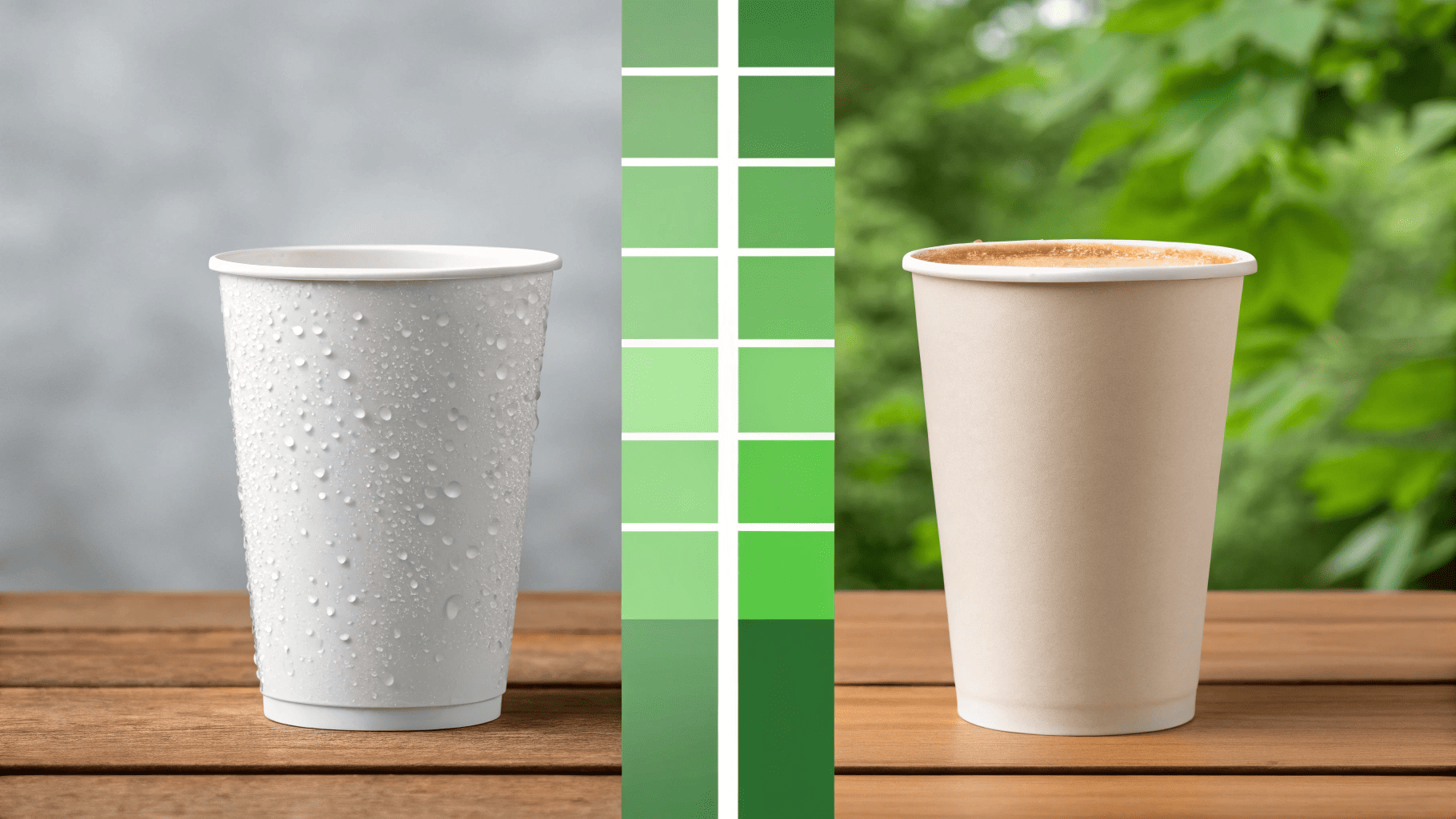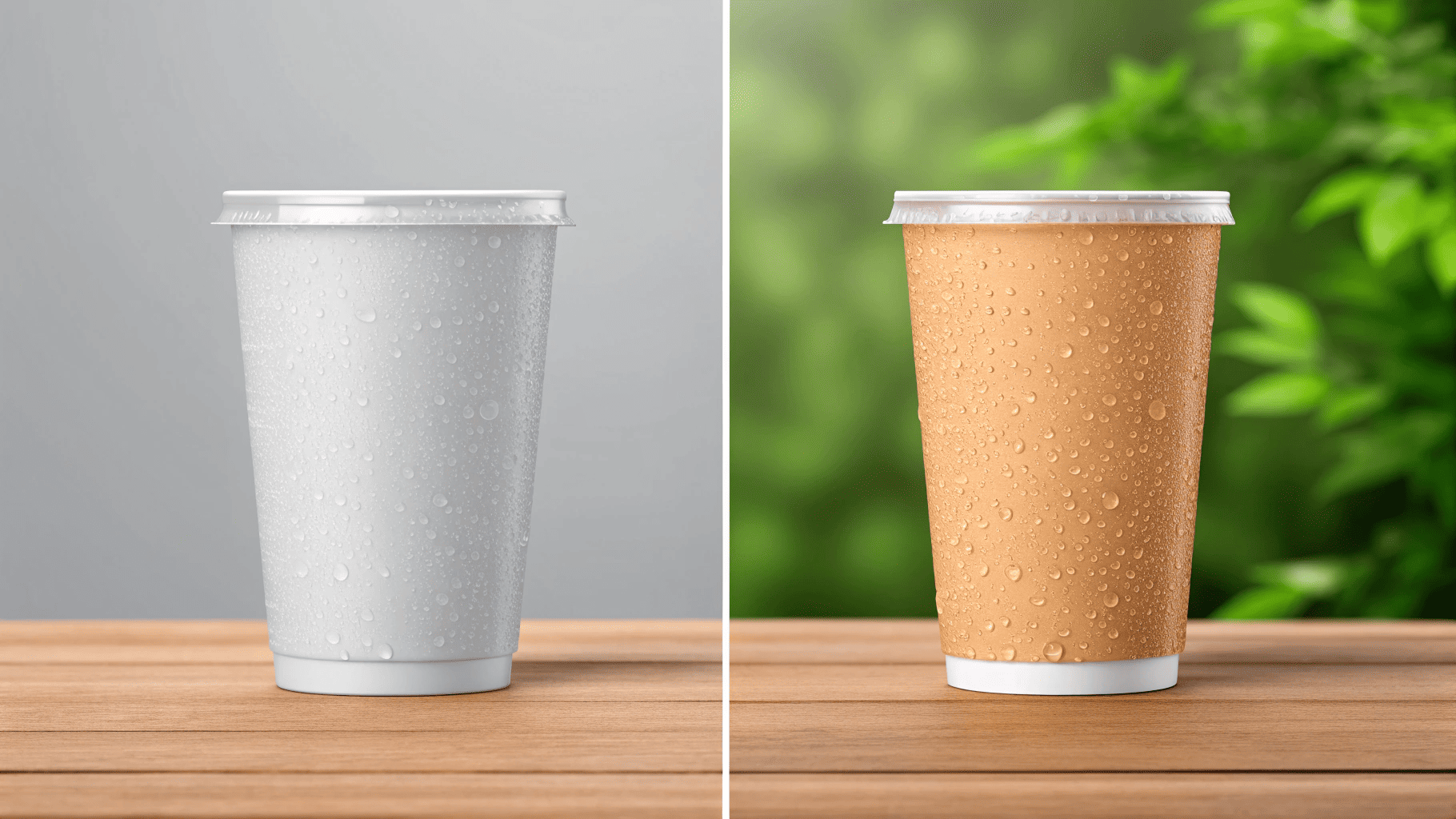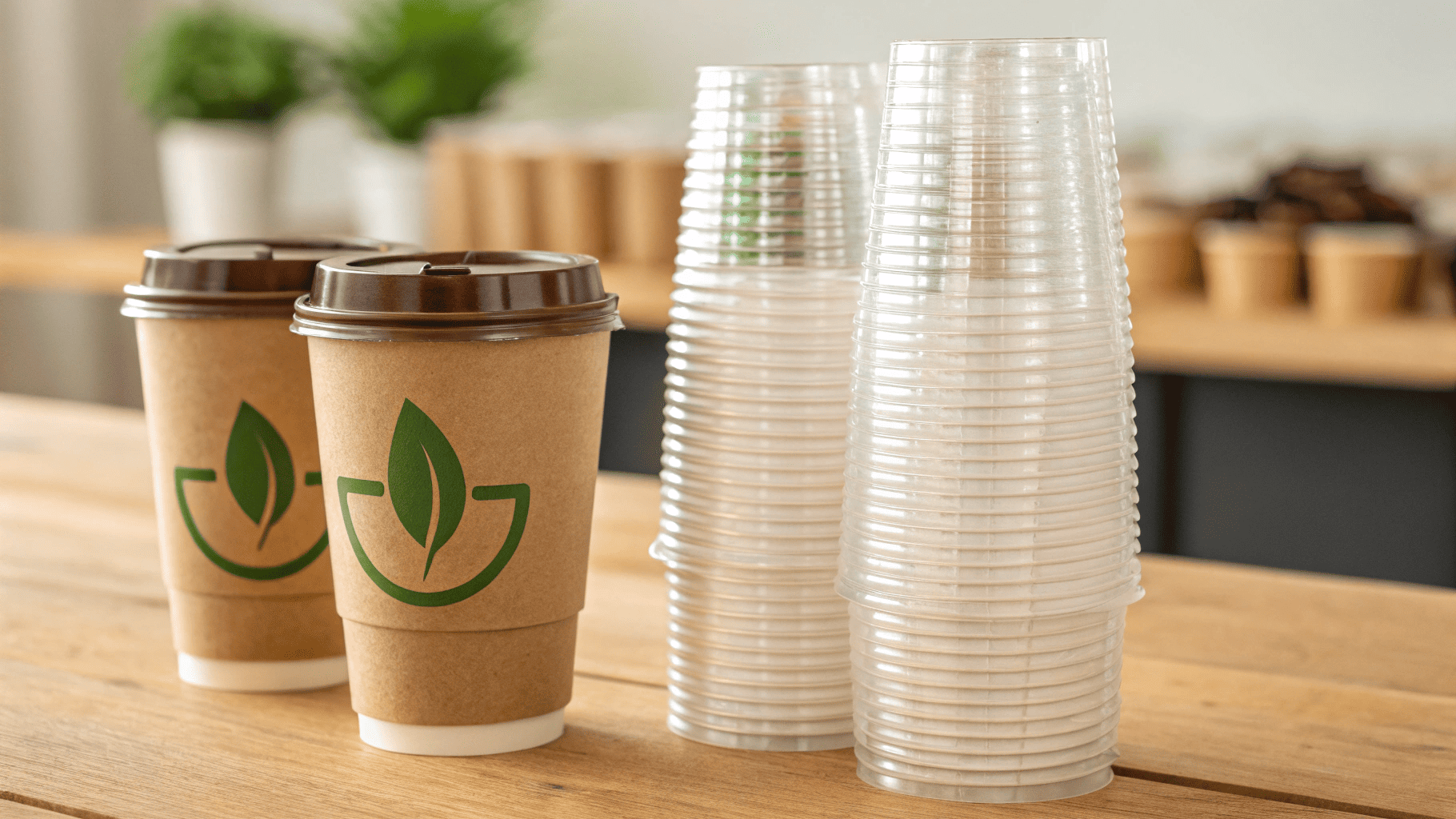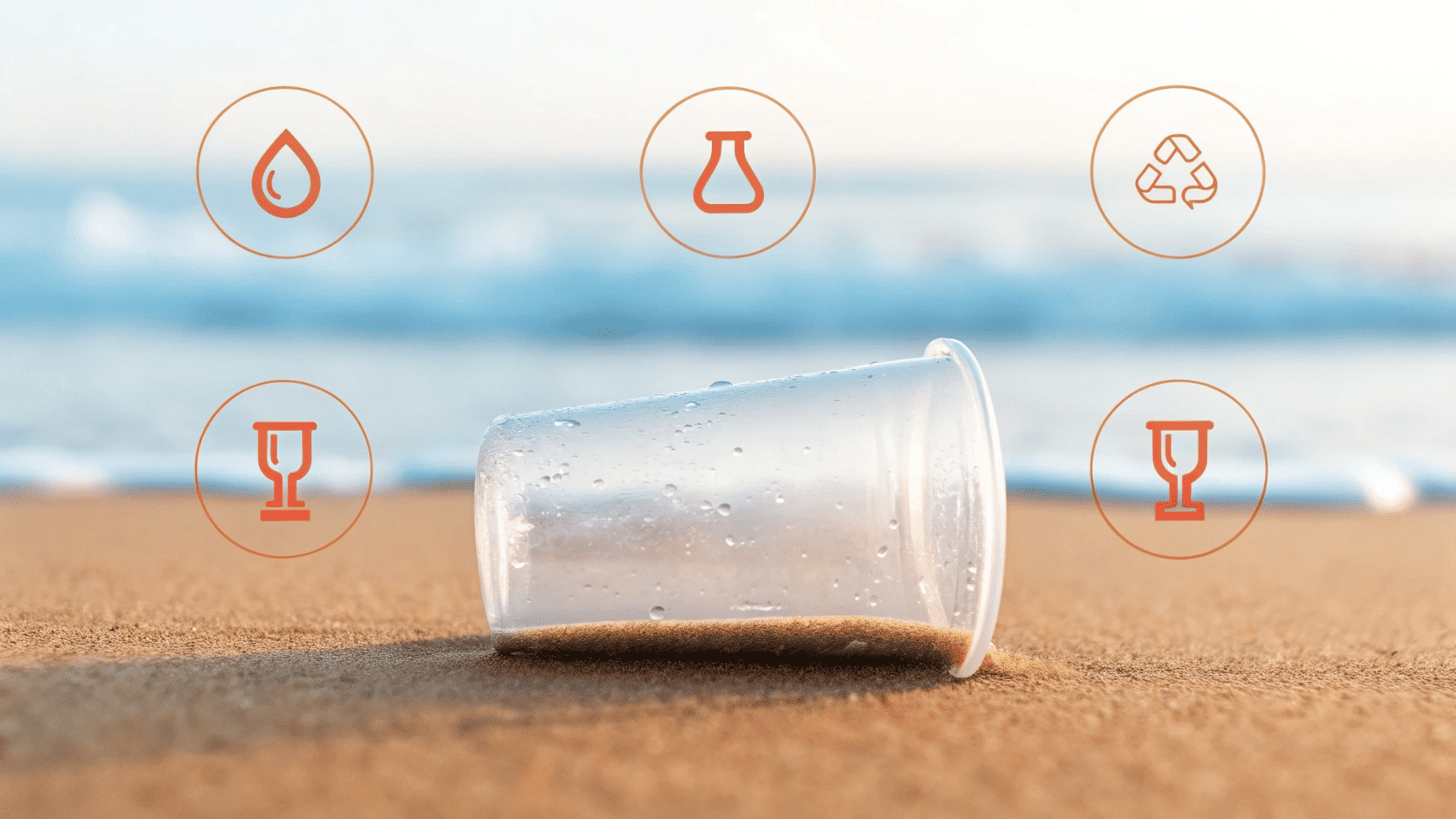When I choose between plastic cups and paper cups, I think about more than just the drink inside—the decision reflects my values, my brand, and the message I want to send.
I prefer paper cups for their sustainability1, faster decomposition2, better recyclability3, and better alignment with global environmental regulations4.

For me, paper cups offer a balance of practicality and purpose. They keep drinks safe, allow great branding, and support sustainability1 goals—without waiting centuries to break down.
Is it better to use paper or plastic cups?
The “better” choice depends on the needs of your business, customers, and environment.
Paper cups are usually better overall—they decompose faster, are easier to recycle in equipped facilities, and align with single‑use pla5stic bans in many countries.

In my experience working with cafés and event organizers, using paper cups not only solved compliance issues but also boosted customer approval6, especially among younger eco-conscious buyers.
Key Comparison
| Factor | Paper Cup | Plastic Cup |
|---|---|---|
| Decomposition Time | 2–6 months (compostable) | Decades–centuries |
| Recycling Feasibility | Medium–High (with coating-friendly facilities) | Low (especially mixed materials) |
| Regulatory Fit | Meets plastic-ban rules | Often restricted or banned |
| Branding Potential | High — printable, eco image | Medium — limited print and perception |
Are paper or plastic cups more expensive?
Cost is often the biggest question when switching from plastic to paper.
Paper cups are typically more expensive per unit than plastic cups, but the extra cost can be offset by branding benefits7 and compliance advantages.

I’ve seen brands save money in the long term by avoiding fines, meeting customer expectations, and increasing repeat business—benefits that outweighed the small upfront cost difference.
What are the disadvantages of paper cups?
Paper cups are not without challenges, even with advances in coatings and design.
Disadvantages include higher cost compared to plastic, need for proper disposal facilities for coated cups, and reduced durability in very long-term liquid storage.

For one client serving iced drinks for hours at outdoor events, we tested thicker double PE-coated paper cups8 to maintain durability—solving most leakage concerns while keeping the eco advantage.
Paper Cup Cons9
| Issue | Description | Possible Solution |
|---|---|---|
| Higher cost | More expensive manufacturing | Bulk production, material optimization |
| Coating disposal challenge | Some facilities can’t process PE lining | Use PLA or water-based coating |
| Short-term liquid limit | Not ideal for days-long storage | Increase coating thickness |
What are the cons of using a cup made of plastic?
Plastic cups carry both environmental and brand risks.
Cons include extremely slow decomposition2, low recycling rates, contribution to microplastic pollution10, and rising customer and regulatory pressure against single‑use pla5stics.

I’ve worked with brands that lost customers because of visible plastic use—especially when competitors had already moved to paper or compostable options. This perception shift is happening faster than many expect.
Plastic Cup Cons
| Issue | Impact |
|---|---|
| Environmental persistence | Plastic remains for decades or centuries |
| Low recycling rates | Most end up in landfills or environment |
| Regulatory bans | Increasing restrictions globally |
| Negative brand image | Viewed as outdated or uncaring |
Conclusion
While plastic cups may offer short-term savings, paper cups deliver long-term value through sustainability1, compliance, and brand image. For me, paper cups win on every level that matters for the future.
2.Explore how sustainability impacts consumer choices and brand reputation. ↩
3.Learn about decomposition rates to understand environmental impacts of materials. ↩
4.Discover effective recycling methods to enhance your environmental efforts. ↩
5.Stay informed on regulations that influence packaging choices and compliance. ↩
6.Learn how PLA coating makes paper cups compostable and eco-friendly, helping you meet sustainability goals and avoid plastic waste issues. ↩
7.Explore the connection between sustainability practices and customer satisfaction. ↩
8.Understand the role of branding in promoting sustainable products. ↩
9.Learn how PE-coated paper cups improve durability and leak resistance, and discover their environmental impact and disposal options. ↩
10.Discover the key drawbacks of paper cups so you can make informed choices and find solutions that balance eco-friendliness with practicality. ↩
11.Learn about the dangers of microplastics and their impact on ecosystems. ↩
